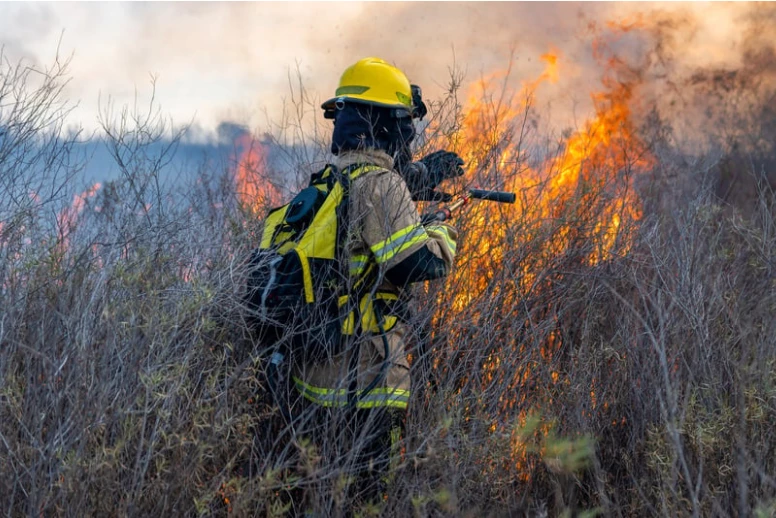Border Control Solutions for COVID-19
Add bookmark
We respect your privacy, by clicking "Download Your Copy" you agree to having your details passed onto the sponsor who may promote similar products and services related to your area of interest subject to their privacy policy. You have the right to object. In addition, you will receive our e-newsletter, including information on related online learning opportunities. For further information on how we process and monitor your personal data, and information about your privacy and opt-out rights, click here.
The world has become a very connected place over the past 50 years, and it’s led to an unprecedented era of economic growth and prosperity. However, the accessibility of international travel also enables the rapid spread of pathogens from country to country. The coronavirus outbreak began in just one Chinese city but quickly became a worldwide pandemic. The virus spread throughout the entire globe in just a matter of weeks, and it wasn’t long before the U.S. found itself at the forefront of a global pandemic.
The rapid onset of the global pandemic underscores the need for controls at the border. Travelers quickly carried the virus to practically every corner of the globe, and many governments were forced to shut down borders in order to contain the outbreak. Despite early restrictions on travel, the U.S. still found itself in the grips of a nationwide pandemic. Now, border authorities are scrambling to respond to the crisis.
Governments need to identify infected individuals at the border and take proper steps to contain them. Otherwise, hotspots will continue to crop up throughout the country. However, the U.S. and other strong democracies are walking a fine line between security and personal liberty. Many countries don’t have the ability to impose the same kind of draconian restrictions that other, more authoritarian governments have enacted.
While the border is shut down to most discretionary travel, essential commerce continues to flow between countries. The U.S. needs to keep these global supply chains open or it could lead to widespread shortages of essential goods. Border authorities are faced with the daunting challenge of stopping the virus at the border while allowing trade to flow without impediment.
Manpower is already stretched thin for many border authorities, and the coronavirus outbreak is thinning their ranks even more. However, the country still needs to maintain control of its borders, and it’s up to customs and border security to ensure that order remains intact at the nation’s vital points of entry.
The crisis has put tremendous pressure on government resources, but technology is helping overworked border authorities shoulder some of the burdens. Innovative technology enables security forces to deploy resources more efficiently and, most importantly, perform their duties with greater effectiveness.
- Thermal Imaging
- Facial Recognition & Biometrics
- Teleconferencing
- Quick Detection Solutions & Strategies













